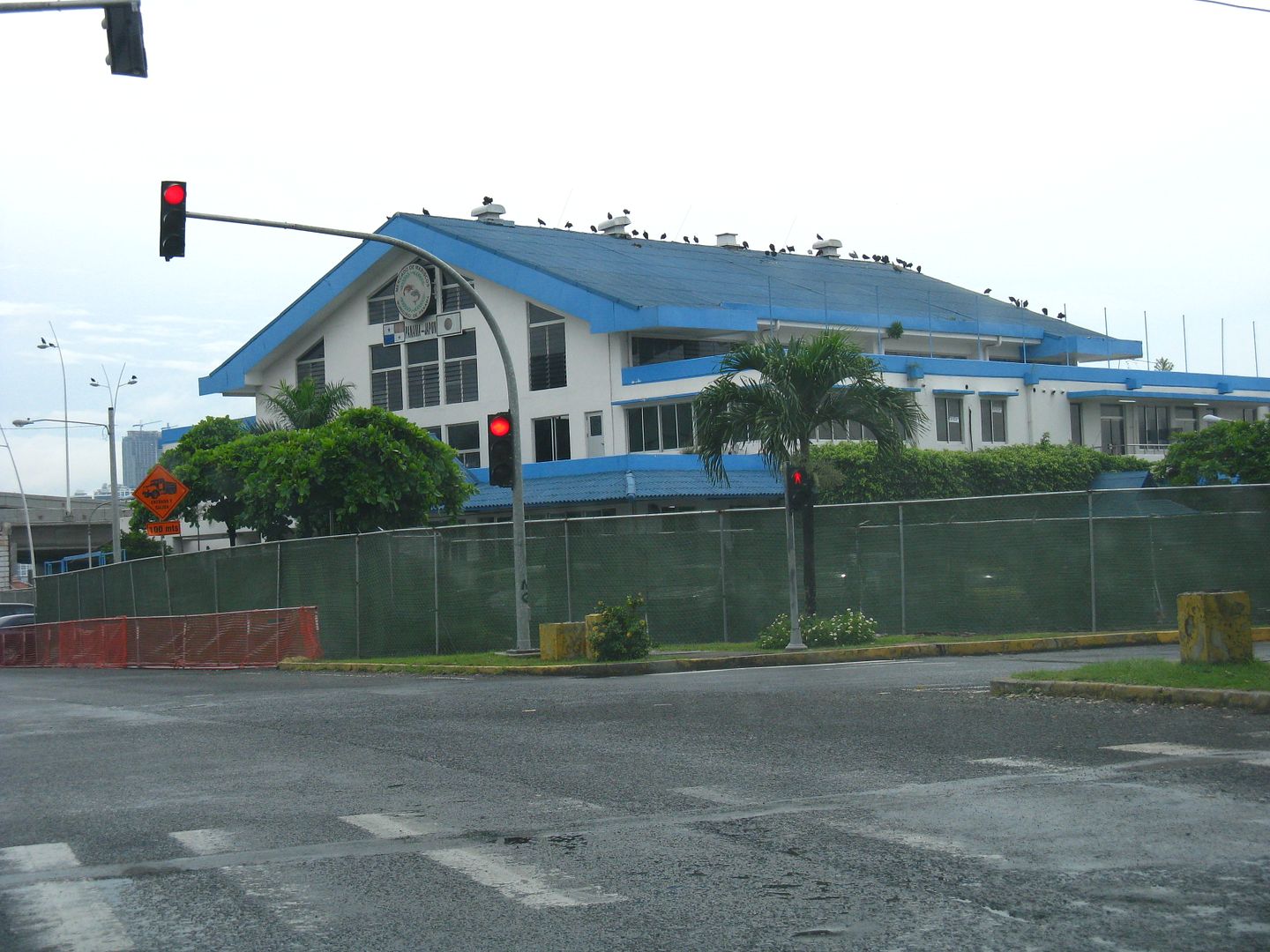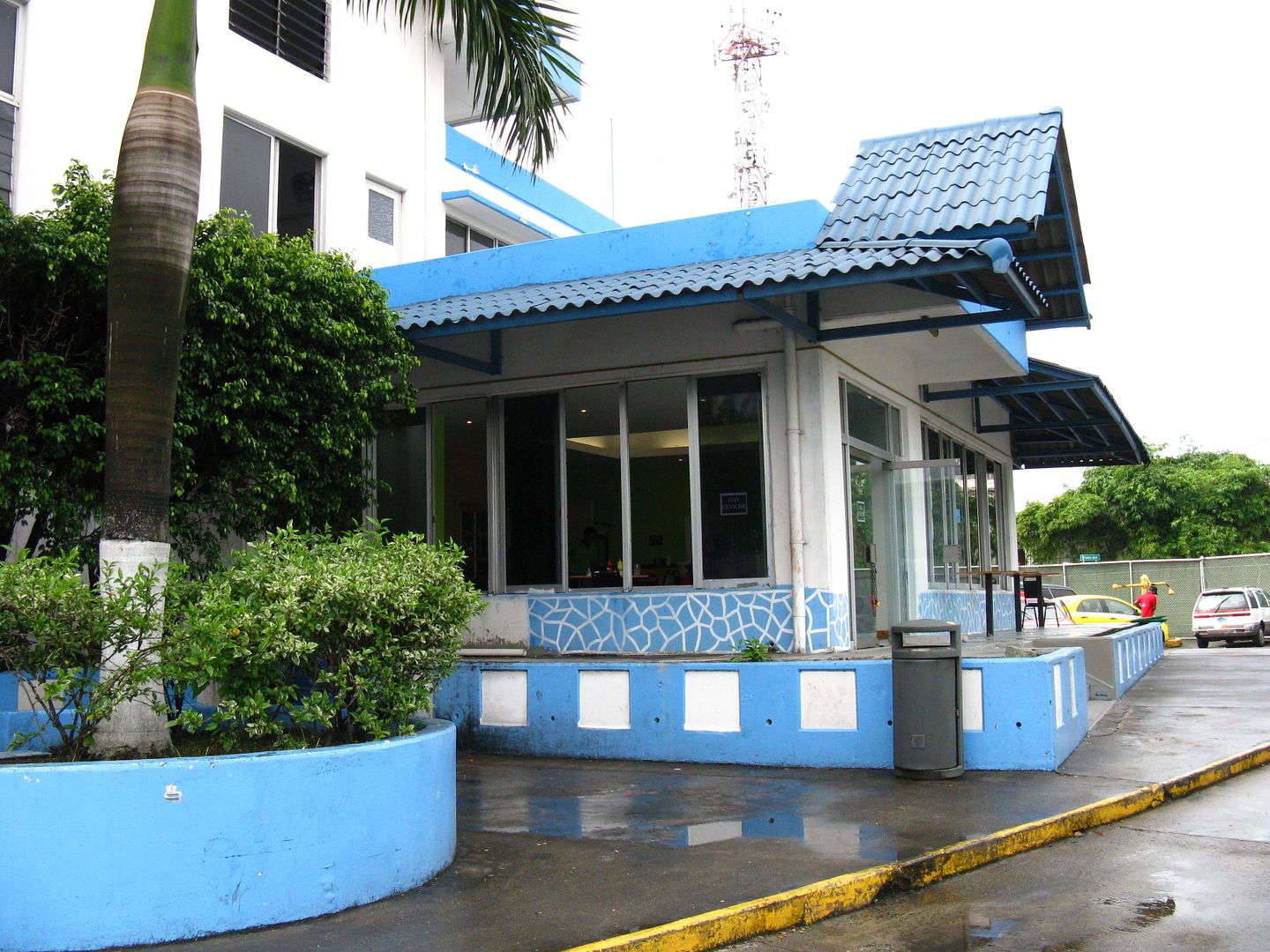Panama is a narrow Isthmus located in Central America bathed by two of the largest oceans of the world, (e.g., Atlantic and Pacific Ocean). The Panama Canal is one of the most important waterways in world commerce through which merchandise from every corner of the world changes hands. We have a saying in Panama, “Panamá, puente del mundo corazón del universo.” (Panama, bridge of the world, heart of the universe).
Even though we have extensive coastlines on both sides of the isthmus, Panama is not considered a country with a close relation with the sea life. According to CIA-The World Factbook, Panama enjoys 1,547 miles of coastline. By coastline I mean the total length of the boundary between the land area (including islands) and the sea. In a certain manner, the country has a tradition of hands-off attitude, as far as maritime-related activities is concerned. Fishing is scarce amongst its population, and the consumption of seafood is not widespread. In contrast, Portugal, Spain, Norway, and Greece (just to name a few) are countries with strong ties to the sea.
Most Panamanian eat seafood during Easter week. It’s a religious tradition. The rest of the year, seafood is consumed with moderation. The preferred source of protein is chicken and meat; specially chicken which has a lower price. At home we eat a lot of chicken and some meat.
Last month my wife and I went to the seafood market to take a look at its overall condition and the range of prices. It was a rainy day, but that didn’t keep some customers away from the market. Before, I continue, let me add that this building was a donation from Japan to Panama during the Guillermo Endara’s administration. Having said that, let me share with you a gallery of pictures taken during my visit to the Panama seafood market located at the Cinta Costera adjacent to the Panama Bay.
 Photograph of the Panama Seafood Market Building facing the Panama Bay. Photograph was taken from my car while I waited for a red light to change. Photo by ©Omar Upegui R.
Photograph of the Panama Seafood Market Building facing the Panama Bay. Photograph was taken from my car while I waited for a red light to change. Photo by ©Omar Upegui R.
I invite you to visit Lingua Franca tomorrow for more pictures of this picturesque seafood market in Panama City, Panama. Good Day.





